THE HON TANYA PLIBERSEK MP
MINISTER FOR THE ENVIRONMENT AND WATER
E&OE TRANSCRIPT
PRESS CONFERENCE
BENDIGO, VICTORIA
FRIDAY 31 JANUARY 2025
SUBJECTS: WORLD HERITAGE LISTING FOR CENTRAL VICTORIAN GOLDFIELDS, NATURE POSITIVE REFORM LEGISLATION, MOBILE BLACKSPOTS.
LISA CHESTERS, FEDERAL MEMBER FOR BENDIGO: Well, it is just wonderful to be here today. What an exciting day for Bendigo, Ballarat and our beautiful Central Victoria, and our gold rush history. I am Lisa Chesters, the proud Federal Member for Bendigo. And can I begin today by acknowledging the traditional owners of the land on which we meet and pay my respects to elders both past, present and emerging and extend that to any First Nations people that might be joining us today. And on that note, I note the apology of Rodney Carter, who’s the CEO of DJAARA, he can’t be here.
But I am here. Standing behind me are some of the most amazing women that I know, women who are big advocates for our region, who represent our region and who are big advocates for this project that they’ll talk about. So very proud to be standing here with my good friend the Honourable Tanya Plibersek, Minister for the Environment, which includes this area; of course Jacinta Allan, Bendigo girl and Premier of the State of Victoria; my very good friend who shares this electorate with me, Maree Edwards MP; and our mayors of Bendigo and Ballarat, Cr Andrea Metcalf and Cr Tracey Hargreaves. So they are the women standing with me today to talk about this very exciting project, which is many years in the making. And it would be remiss of me not to mention a predecessor of mine, John Brumby. Before he was the Premier and Treasurer of Victoria, he was the Federal Member for Bendigo. He thought that this would be a really good idea.
So this project has long history itself, and this project has found its legs through the collaboration and the cooperation of so many council areas coming together, so many local groups coming together, so many First Nations people coming together and then three levels of government working together.
I’ll now hand over to our Premier, Jacinta Allan.
JACINTA ALLAN, PREMIER OF VICTORIA: Thank you, Lisa. Thanks, Lisa, for that fabulous introduction. You’re going to hear a lot of excitement and energy from us here today because this is a great announcement. And can I thank James and Phil and the team here at the Central Deborah Mine for hosting us as well. We know that World Heritage sites top the tourist bucket lists when you’re thinking about where you might travel to take your next trip. And that’s why today’s announcement is a big milestone, a big step forward, a big leap forward for a project that has been under development for a little while and is taking a big next formal step with this tentative World Heritage listing.
And it’s not – it would be a completely stunning addition to add the Victorian Goldfields to the World Heritage List would be an absolute stunning addition to what is already a list that contains unique, beautiful landscapes around the world. The Victorian Goldfields will make a very proud addition to that list.
And when you consider what makes this beautiful part of the world the unique place that it is, there is the unique natural environment – the box ironbark forest – in which you can see the cultural markers of the traditional custodians, the original custodians, the Dja Dja Wurrung people, and the cultural markers that they’ve laid down.
And then when you consider with the discovery of gold in the 1850s and the post-colonial rush of wave andwave of immigrants who came to the goldfields in the search of fame and fortune – for some of them they found it; for some they went on and established roots in and across the goldfields. They raised their families and have gone on to live here for generations, or there’s the newer arrivals as well that we continue to welcome here in our beautiful part of regional Victoria.
And what’s also been a special continuous connection is that we still today see the physical evidence of that early gold rush period, the infrastructure that was laid down during the 1850s, 60s, into the 1900s, that is still in some cases you can see it’s operational today, or you can see the physical presence of it right across the goldfields.
This combination makes this a particularly special part of not just the world we all live in but, indeed, it’s a special combination that has the potential to attract visitors from right across the world. Because that’s what we know – we know World Heritage sites attract visitors, and we know already we welcome so many visitors to our goldfields. This broad heritage opportunity gives us the potential to attract so many more, which is great for local communities, it’s great for local jobs, and it's great for our local businesses. We have great tourism and hospitality businesses across the goldfields, and this will provide another boost to those businesses and those operators.
Lisa mentioned the journey we’ve been on to get to today. It’s been a journey. It’s been a journey that started – it started obviously with those roots of the gold rushin the 1850s, but also, too, it’s a journey that has been driven by the – in partnership with the 15 councils, but I particularly today wanted to acknowledge the leadership shown by the cities of Ballarat and Bendigo. We have a great rivalry that goes back to the goldfields days. Well, that rivalry has been – those forces have been fused for good in unifying around this goldfields listing and also, too, the other councils. These councils, big and small, have made a financial contribution to support – as has the Victorian Government – to support the work that’s got us to this point. And I want to thank the mayors who are with us here today and their teams – Trevor and Susan from Bendigo and Ballarat who have supported that work as well.
But also, too – Lisa has mentioned this – I also want to acknowledge the support of the Federal Government. This is team effort between the Allan and Albanese Labor Governments to get to this point, to take this big leap forward. To put this forward to the World Heritage listing process is a recognition of the hard work that’s behind us, but it’s a recognition of the beautiful, unique landscape. We all know it’s beautiful and unique. Now we have the opportunity to take that to the rest of the world.
So thank you, Tanya, for the support from the Albanese Federal Labor Government, and we’re thrilled to have you here in Bendigo today. And we’d like you to add some comments, please.
TANYA PLIBERSEK, MINISTER FOR THE ENVIRONMENT AND WATER: Well, thanks so much, Premier. It’s such a pleasure to be here with you today and to acknowledge what wonderful work your government is doing, and to be here with my very good friend Lisa Chesters and also local mayors, representatives of local councils, business organisations, First Nations communities and the broader communities across the Victorian Goldfields.
This is a really exciting day. What we’re saying today is that the Federal Government has officially put forward for tentative World Heritage listing the Victorian Goldfields. What that means is that these places are unique in the world. They’re special. They need to be looked after. And we want to tell the world about them.
As the Premier has said, this is an enormous opportunity for increasing tourism visitation to the Victorian Goldfields. What we see with other World Heritage listed properties around Australia is that they’re on everybody’s bucket list. In my electorate of Sydney, the harbour islands, the Opera House, of course World Heritage listed, and tourism numbers to those places are queues out the door.
One of the things that is so wonderful about this tentative listing is the support that’s come from 15 different councils, from traditional owner groups, from the broader community. It shows that people understand that these places are unique and that they need to be shared with the world. We want to tell the world how beautiful, how interesting the history of this place is.
I’d like to thank all of the historians, the people who are involved in showing these unique places to the public as well. By sharing this history, we tell the story of Victoria. We tell the First Nations’ stories of Victoria. We talk about the communities that went from a few hundred in population to many thousands virtually overnight, the industrial history of the place, the beautiful buildings that were built with the wealth that was generated by the gold rush, the stories of success, the stories of, well, hardship to be honest, real hardship at times. All of those stories can be told through this World Heritage listing, and the Federal Government is very proud to be working in partnership with the Victorian Government and local government to put the bid forward. Thanks.
MAREE EDWARDS, MEMBER FOR BENDIGO WEST: Thank you, Tanya, and thanks, Premier, and Lisa. It’s wonderful to join you all here today. And I was just reflecting on Tanya’s comments about the history of mining across Central Victoria. And it occurred to me that in Governor La Trobe was around, he’d probably be quite surprised that we have come to this.
As you know, there are many sites across Central Victoria that have been impacted by gold mining. And over in Castlemaine we have already the Castlemaine Diggings National Park, which highlights how important our goldfields are and were. And one of the things that I was also thinking about was not just about the physical sites of those gold mines but what it has meant for Victoria and Victoria’s people, but also more broadly what it has meant for the growth of democracy and the growth of the union movement.
And if you think about the monster meeting at Chewton, which was the start of it all, and then the Red Ribbon Rebellion here in Bendigo and then, of course, Eureka that we’re all familiar with in Ballarat, those events really started what was democracy as we know it now here in Victoria. And it led to representative government. And I think those history lessons that we all learn in school are very important and something that we need to be keeping in mind when we talk about this UNESCO bid because it is not just about the physical landscape; it’s about the stories that go behind that physical landscape and what that means to our communities, whether that be our local communities like Castlemaine, like Maldon, like Maryborough, like Bendigo and Ballarat and all in between but also to individuals, to families but, importantly, to what a great state we live in now. Thanks very much, everyone.
ANDREA METCALFE, MAYOR OF THE CITY OF GREATER BENDIGO: It’s great to be here for this announcement. And for me – and Maree just started to touch on about it – I think it’s about the stories that are coming out of this tentative listing. And I’m very confident we will be declared by UNESCO as a World Heritage. It is that story of democracy, the story of law and order. It’s the story of the fantastic architecture. The story of women and children on the goldfields, which wasn’t common. It’s the story of our First Nations’ displacement from lands that they agree up on. So there are all these stories to tell – mass migration – that I think the bit that will people will go, “Actually, I want to come and I want to do this trip.” Thank you.
TRACEY HARGREAVES, MAYOR OF THE CITY OF BALLARAT: Thanks, Andrea. This is such a good news story for not only Bendigo and Ballarat but a whole range of other councils as well. And I think what you can see before you is a really good collaboration between all levels of government. And it’s so good for us to be able to elevate what we already know are some of the best preserved sites of heritage in the goldfields – where our goldfields heritage is the best preserved in the entire world. So for us to be able to bring more people to come and see those sites and enjoy our regions, it is absolutely fabulous for us.
MINISTER PLIBERSEK: Let’s go to questions.
JOURNALIST: I have questions on Nature Positive Reforms. The WA Premier and big miners have made it clear that they have huge concerns about the policy as it stands. Why would you risk a fight on this so near to an election where holding seats in WA is critical to Labor’s success?
MINISTER PLIBERSEK: Well, I don’t think there’s any businesses in Australia who thinks that our environment laws are working for business now, and there’s certainly no environmental group that thinks our environment laws are working well for the environment.
We’ve consistently said that coming out of the review done by Professor Graeme Samuel for the previous government that we need to see environmental law reform to make sure that the laws work better for business and better for nature. We think we’ve got a very sensible and balanced package, and we know that there is interest from business groups and from environmental groups to see those reforms proceed. So we’ll continue to work across a very broad range of stakeholders to make sure that we see laws that are better for nature and better for business.
JOURNALIST: What areas of the Nature Positive Reforms would you be willing to negotiate on?
MINISTER PLIBERSEK: Look, I’m not going to get into the details of that sort of thing today. What I’d say is, all the way along we’ve said we’re going to need a bit of cooperation and a bit of common sense. There has been consistently support from the business community to see reform in this area. Of course we’ll continue to work with the business community to see positive reform that makes decision-making faster, more streamlined, clearer and easier. But what we also want to do is make sure that our beautiful natural environment is there for our kids and our grandkids. I’m sure that with a bit of common sense and a bit of cooperation we can get that balance right, and we’ll continue to work to do that.
JOURNALIST: How does the WA Premier’s intervention this week affect your ability to get the Prime Minister on board?
MINISTER PLIBERSEK: I think there’s been a lot of very highly strung reporting of this. It is absolutely natural that Labor governments continue to work to see sensible law reform. The package that I’ve got before the parliament, that’s gone through the House of Representatives, has something for everyone. It has improvements that businesses have been calling for and it has stronger protections that environmental groups have been calling for. We’ll continue to work sensibly and methodically to see benefits all round.
Any other questions?
JOURNALIST: Today you’ve announced this list, including towns like Tarnagulla, Newbridge and Dunolly. These communities are, in fact, in [indistinct] of mobile connectivity areas. In fact, it’s quite patchy and it’s been quite significant the concern expressed by whether it’s firefighters or just ordinary people trying to conduct their business on a daily basis. Minister, with this, shall we say, this hope of thousands of people coming into these small country areas in the southern area of the Loddon Shire, what commitments or infrastructure improvements will the Federal Government make before the big election?
MINISTER PLIBERSEK: Look, I’ll hand over to my colleague Lisa Chesters in a moment for a local take on this, but I’d say this is exactly the reason that my colleague Minister Michelle Rowland has been working so hard to improve mobile connectivity. We know that we inherited a system where the previous Liberal Government had promised a new approach to the NBN, which turned out to be slow, expensive and last century’s technology. And the same can be said for mobile blackspots. We’re working very hard right across Australia to improve connectivity.
Lisa, do you want to say a few things about the local situation?
CHESTERS: Thank you. So it’s timely, actually, because the current round of local blackspot funding is open. As the local MP you can put forward at-risk areas or areas where you’ve had community raise concerns about patchy coverage. Unfortunately, Tarnagulla and Newbridge are no longer in the Bendigo electorate. They were in the Bendigo electorate and at the time I did put forward those projects. They were unsuccessful under the previous government, but I strongly encourage Anne Webster, who is the member for that area, to put these areas forward. Because all of us who know who travel out to those areas, it is patchy and it is a worry, particularly whether it be flood or fire. People want to know that they’ve got the coverage. So the round is open right now, and as a local MP you get to put forward the areas of concerns that community members have raised with you.
ENDS


